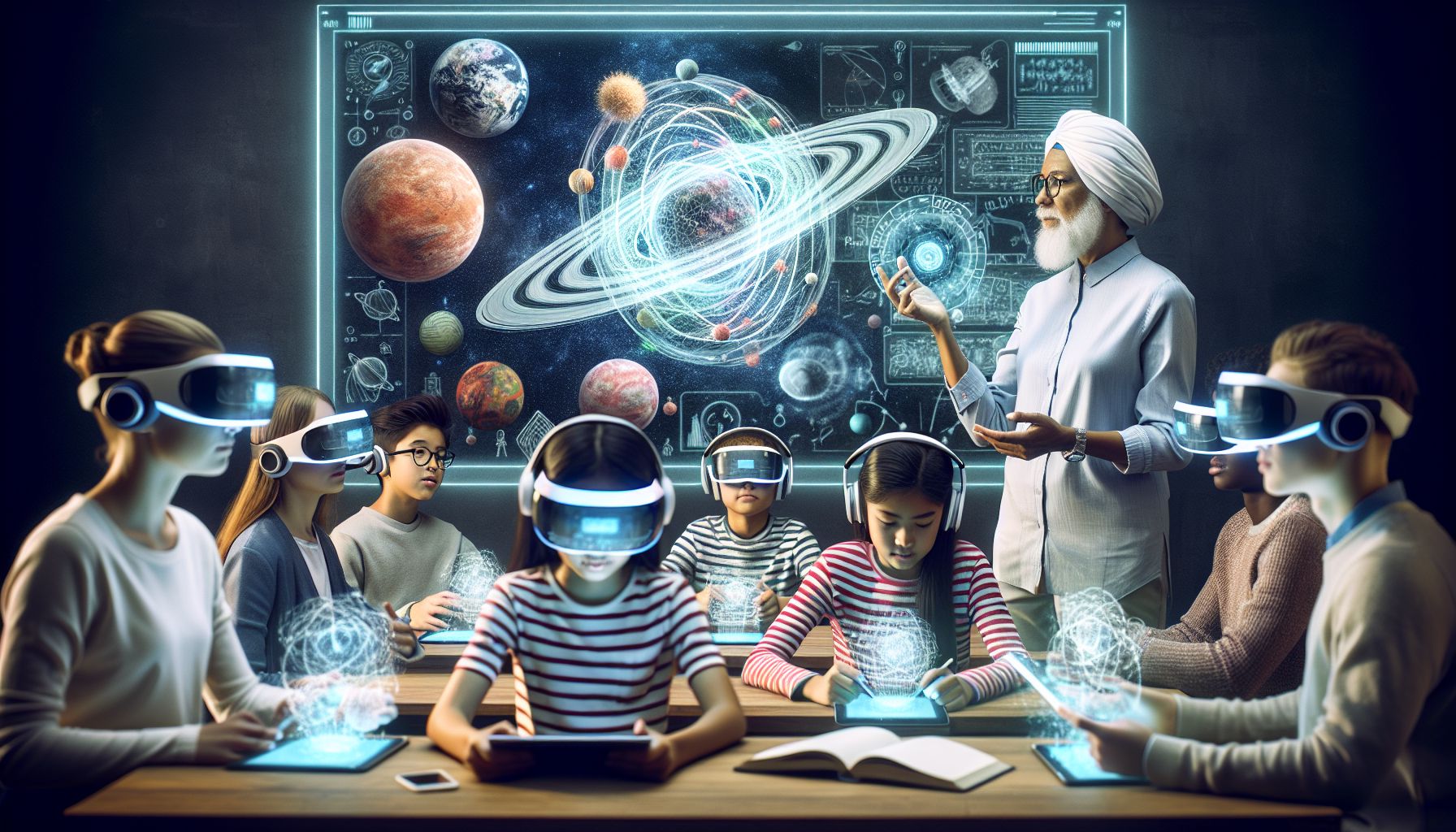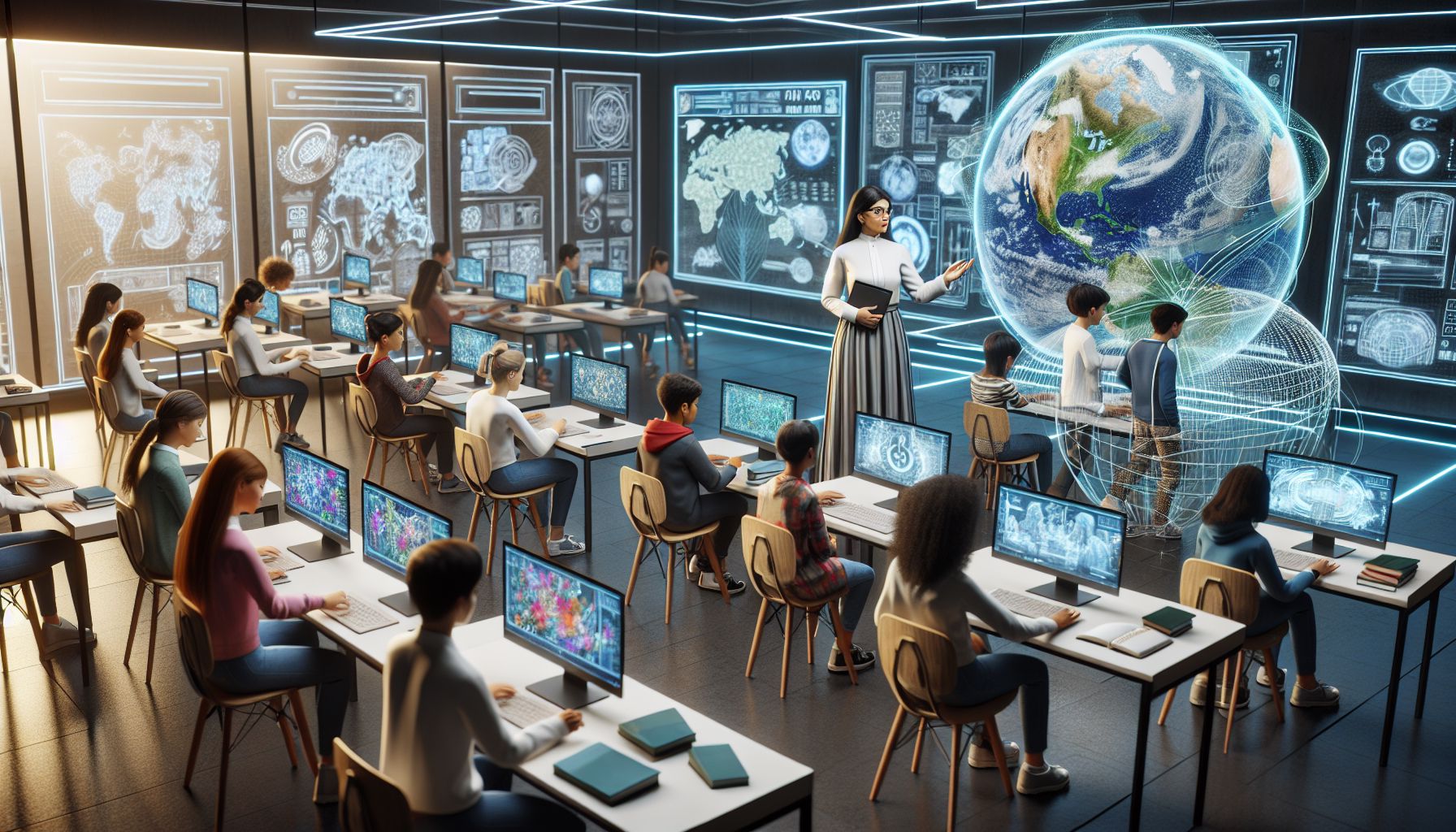In today’s fast-paced world, education is constantly evolving to keep up with technological advancements. The traditional methods of learning are gradually giving way to more innovative and interactive approaches, revolutionizing the way students acquire knowledge. With the integration of cutting-edge technologies, the education sector is witnessing a significant transformation that is reshaping the learning landscape.
One of the key trends that are reshaping education is the integration of Artificial Intelligence (AI). AI is revolutionizing the way students learn by personalizing their learning experiences. By analyzing data and identifying patterns in students’ learning behavior, AI-powered systems can provide tailored recommendations, resources, and feedback to enhance their academic performance. For instance, Adaptive Learning platforms utilize AI algorithms to create customized learning paths for students based on their strengths and weaknesses, thus optimizing the learning process.
Another trend that is gaining momentum in education is cybersecurity. With the increasing reliance on digital platforms for learning, ensuring the security of students’ data has become a top priority for educational institutions. Cyber threats pose a significant risk to the confidentiality and integrity of sensitive information, making it essential for educational organizations to implement robust cybersecurity measures to safeguard their systems and data. By adopting encryption protocols, multi-factor authentication, and regular security assessments, educational institutions can mitigate the risks associated with cyber attacks and protect their students’ privacy.
Virtual Reality (VR) is yet another technology that is revolutionizing the way students learn. By immersing students in realistic and interactive virtual environments, VR technology enhances their engagement and understanding of complex concepts. With VR simulations, students can explore historical events, conduct scientific experiments, or even participate in virtual field trips, making learning more engaging and experiential. For example, medical students can practice surgical procedures in a virtual operating room, providing them with a risk-free environment to hone their skills before transitioning to real-life scenarios.
As we look towards the future of education, it is evident that technological innovations will continue to play a pivotal role in shaping the sector. The increasing adoption of AI, cybersecurity, and VR in education highlights the potential for transformative changes that will enhance the learning experience for students. By harnessing the power of technology, educators can create dynamic and interactive learning environments that cater to the diverse needs of students, preparing them for the challenges of the digital age.
In conclusion, the technological trends in education are ushering in a new era of learning that is characterized by innovation and creativity. As we embrace the advancements in AI, cybersecurity, and VR, we can expect to see a dynamic shift in the way students learn and educators teach. By staying abreast of these trends and embracing new technologies, educational institutions can create a future-ready workforce that is equipped to thrive in an ever-changing world.


